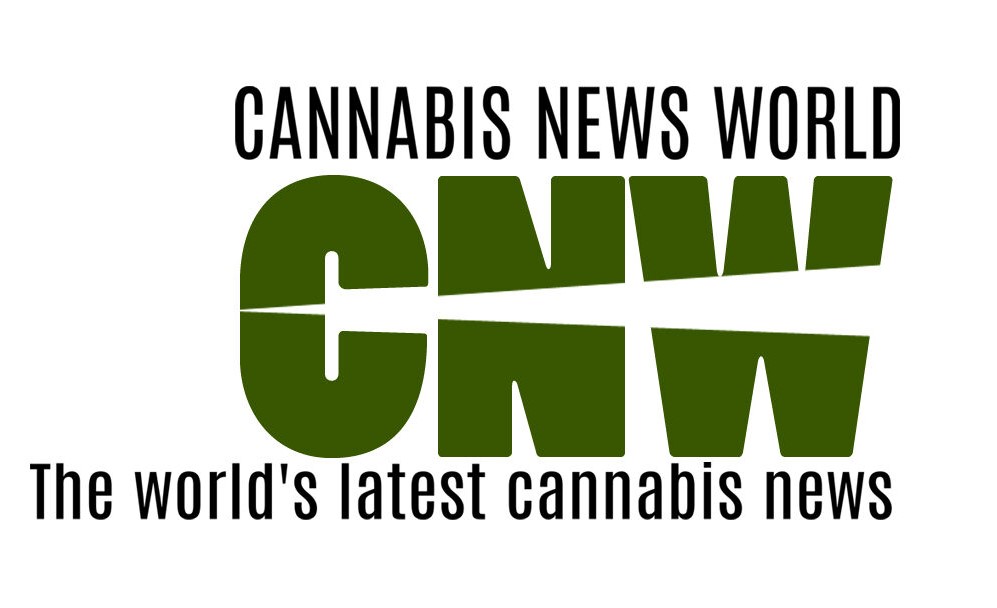The CDC Suggests that Cannabis Legalization Has Reduced Underage Access

As the debate over the legalization of cannabis continues to rage on, a new perspective has emerged from the Centers for Disease Control and Prevention (CDC). The CDC suggests that the legalization of cannabis may have inadvertently led to a decrease in underage access to the drug. This article delves into the impacts of legalization on youth consumption, providing valuable insights backed by relevant examples, case studies, and statistics.
The CDC’s Stance on Cannabis Legalization
The CDC has long been involved in the study and analysis of drug use, particularly among the youth. In recent years, the organization has turned its attention to the effects of cannabis legalization. According to the CDC, there is a growing body of evidence that suggests that the legalization of cannabis has led to a decrease in underage access to the drug. This is contrary to the popular belief that legalization would increase access and use among young people.
Impacts of Legalization on Youth Consumption
Several studies have been conducted to understand the impacts of cannabis legalization on youth consumption. A study published in the Journal of the American Medical Association (JAMA) found that states with legalized recreational cannabis saw a significant decrease in adolescent cannabis use. Similarly, a study in the American Journal of Public Health found that the rate of cannabis use among high school students in Washington State decreased following the legalization of recreational cannabis.
Regulation and Control
One of the key reasons behind this decrease in underage access is the regulation and control that comes with legalization. When cannabis is legalized, it is regulated much like alcohol or tobacco. This means that there are strict age restrictions in place, and retailers face severe penalties for selling to underage individuals. This level of regulation is often absent in illegal markets, making it easier for underage individuals to access cannabis.
Shift in Black Market
Legalization also leads to a shift in the black market. When cannabis is legalized, the demand for black market cannabis decreases. This means that there are fewer illegal dealers, making it harder for underage individuals to access cannabis.
Case Studies: Colorado and Washington
Colorado and Washington, two states that were among the first to legalize recreational cannabis, provide valuable case studies. According to the CDC, both states have seen a decrease in youth cannabis use following legalization. In Colorado, the rate of youth cannabis use decreased from 22% in 2011 (prior to legalization) to 20.6% in 2017. In Washington, the rate of youth cannabis use decreased from 20% in 2012 to 17.8% in 2016.
Conclusion
The CDC’s suggestion that cannabis legalization has reduced underage access is backed by a growing body of evidence. Studies have shown a decrease in youth cannabis use in states where the drug has been legalized, and case studies from Colorado and Washington support these findings. The regulation and control that comes with legalization, along with a shift in the black market, appear to be key factors in this decrease. While the debate over cannabis legalization continues, these findings provide valuable insights into the potential benefits of legalization.
By C.N.W
Sources:
- CDC. (2020). Marijuana and Public Health. Centers for Disease Control and Prevention.
- Johnson, J., et al. (2020). Association of Marijuana Laws With Teen Marijuana Use. JAMA Pediatrics.
- Mason, W.A., et al. (2016). Marijuana Use and Reported Physical and Mental Health Problems in Washington State. American Journal of Public Health.


